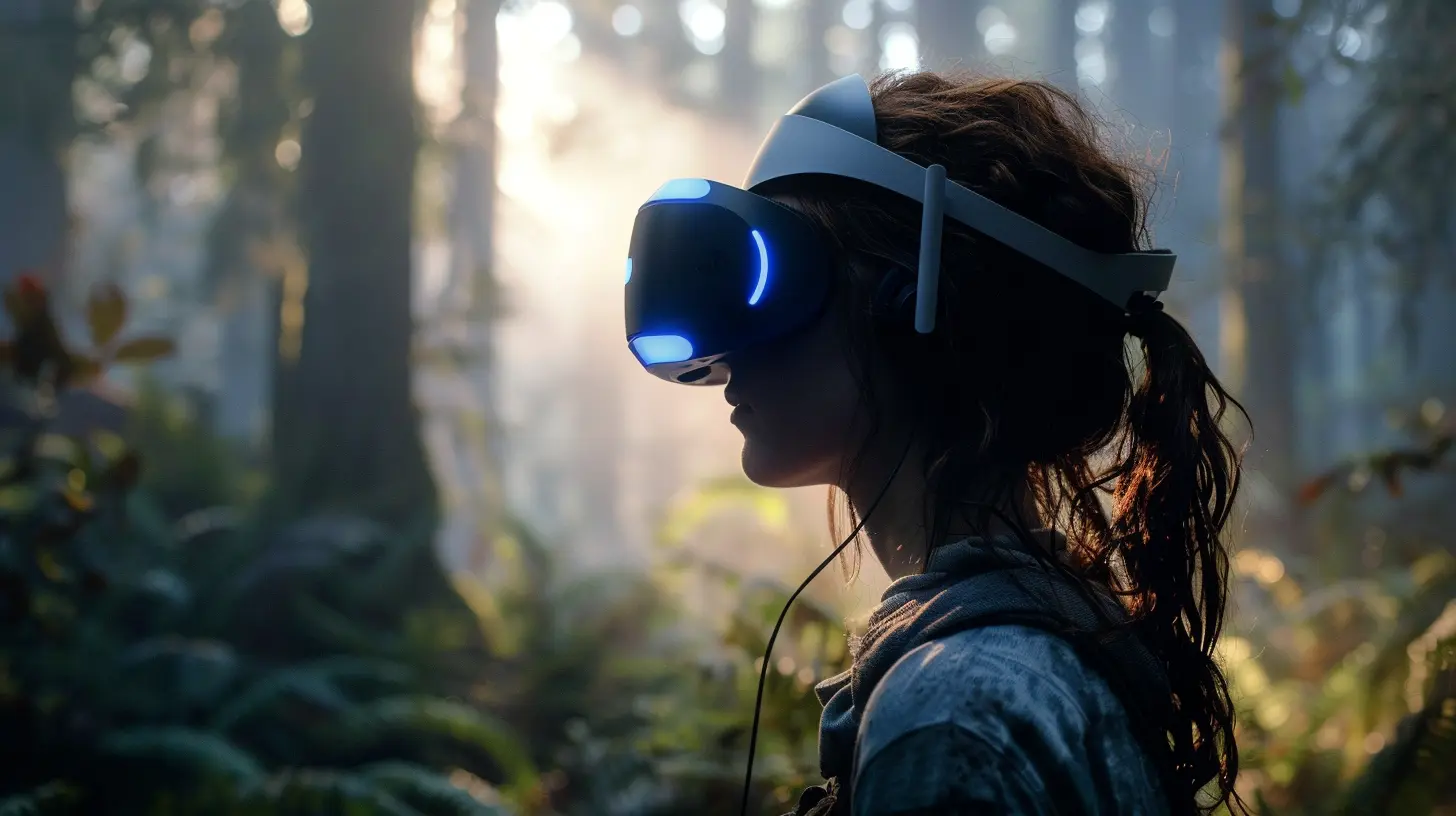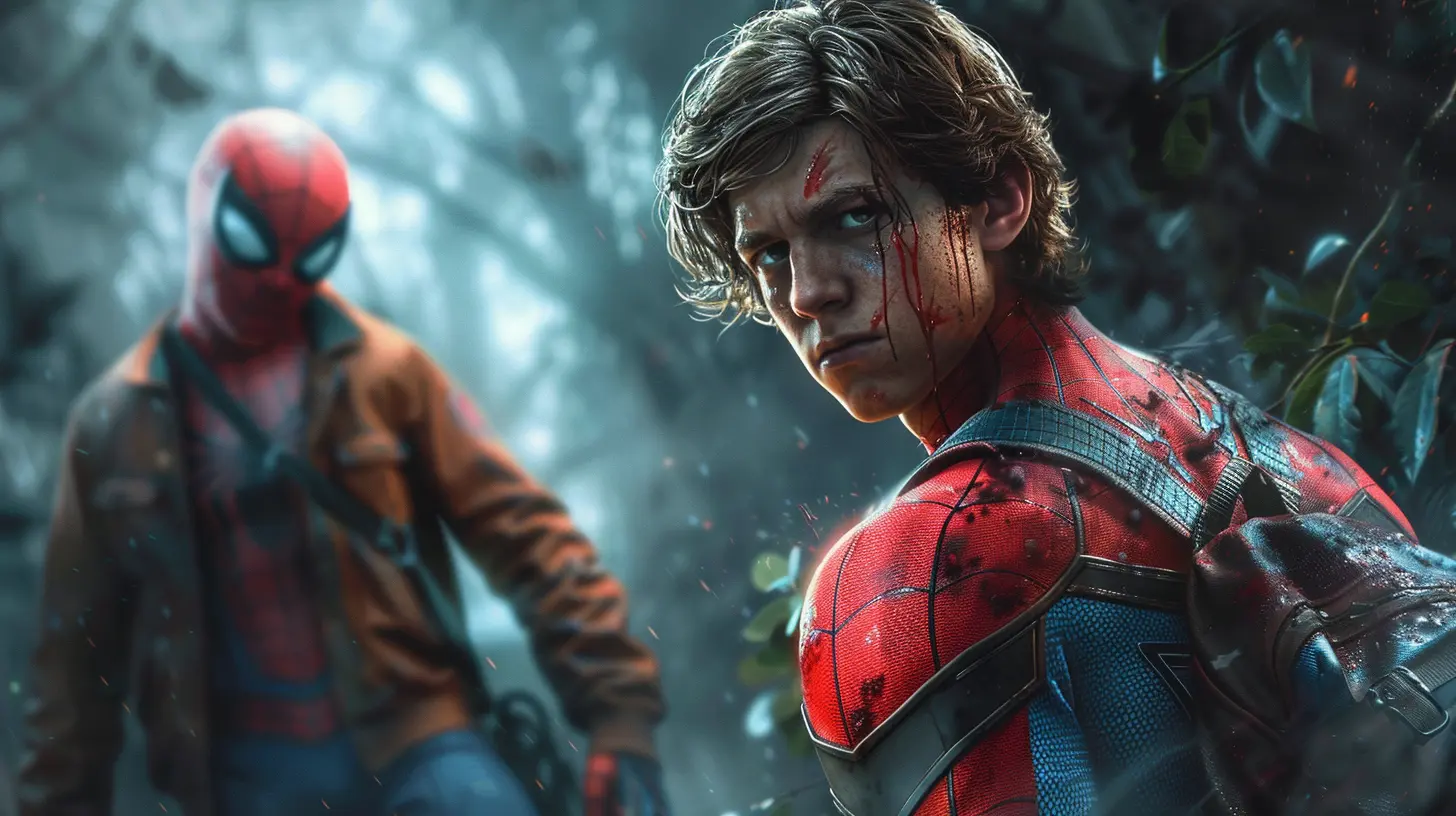Hearing is Believing: The Role of Sound Design in PlayStation Exclusives
23 November 2025
Close your eyes for a second and picture this: you're creeping through the dense forests of The Last of Us Part II, every rustling leaf and distant whistle wrapping you in suspense. Or imagine the soaring orchestral score of God of War, pushing your adrenaline higher with every clash of Kratos' axe. It's not just the visuals or storytelling that make these PlayStation exclusives unforgettable—it's the sound design.
Let’s be real, sound in games is like the seasoning in your favorite dish. You may not always notice it outright, but without it, the experience just falls flat. PlayStation exclusives have truly mastered this art, crafting immersive soundscapes that elevate gaming to an entirely different level. Why? Because when it comes to gaming, hearing is believing. So, let’s dive into the incredible role sound design plays in these memorable titles and why it’s crucial to the gaming experience.
Why Sound Design Matters in Gaming
Here’s some food for thought: would a horror game scare you without the spine-chilling creaks, whispers, or sudden bursts of sound? Not a chance. Sound design doesn’t just complement gameplay—it defines how we feel in those virtual worlds. Think of it as the unsung hero of the gaming experience.Take PlayStation exclusives, for instance. These games aren’t just about flashy visuals or epic narratives; they create emotions that stick with us long after the credits roll. Sound design helps build those moments, making them resonate with players in a way that simple visuals never could.
From the haunting ambiance of Bloodborne's gothic streets to the calming chirps of birds as you ride through Ghost of Tsushima’s idyllic fields, soundscapes in these games are as important as the stories they tell. Like a well-conducted orchestra, every sound plays its part to pull us deeper into the action, whether we realize it or not.
Immersion: Where Sound Paints the World
One of the most standout features of sound design is how it immerses you. Have you ever noticed how a game’s world feels richer when its sound is spot-on? PlayStation exclusives shine in this department, and here's why.In Horizon Zero Dawn, for example, the sound of mechanical creatures stomping through the wild is visceral. You can almost feel the ground shake beneath you, or hear the faint hum of their robotic innards as you stalk your prey. Sound doesn’t just tell you what’s happening—it makes you feel it.
Atmospheric audio works like magic. Think of Ghost of Tsushima’s swaying bamboo forests. The rustle of leaves meshed with the distant clang of swords creates a serene yet tense environment. It's like stepping into a painting where every stroke has a corresponding sound.
Sound is what makes these virtual worlds real. It engages a part of your brain that visuals alone can’t reach, pulling you deeper into the story and gameplay.
Emotional Storytelling Through Music and Audio
Have you ever cried while playing a game? (It’s okay, no judgment here—I’ve been there too.) That’s the power of emotional audio. Whether it’s the swelling strings of a sad moment or the sheer silence after a devastating scene, sound carries storytelling to a whole new level.PlayStation exclusives are masters of emotional soundtracks. The music in The Last of Us Part II, composed by Gustavo Santaolalla, tells its own story. Even without dialogue, the somber strumming of a guitar is enough to convey heartbreak and loss. It’s raw—and it hits you where it hurts.
Likewise, God of War uses music to mirror Kratos and Atreus’ journey. The booming orchestral score at the start signals power and rage, but by the end, tender violin notes reflect personal growth and family bonds. It's a journey you can hear.
And it’s not just the music—it’s the smaller details, too. A character’s voice trembling as they deliver a line, the distant patter of rain during a reflective moment, or the sudden silence after a big reveal. These auditory cues guide our emotions, sometimes even more effectively than dialogue or visuals.
Gameplay Mechanics Enhanced by Sound
Sound design in PlayStation exclusives isn’t just there to set the mood—it’s often crucial to the gameplay itself. Ever played a stealth game and relied entirely on sound to pick up enemy movements? Or heard a subtle audio cue that tipped you off to danger? Yep, sound can make or break your gaming strategy.Take The Last of Us Part II, where the sound of broken glass crunching underfoot can alert enemies to your presence. Or the way a clicker’s guttural noises give you just enough warning to brace yourself. Sound here isn’t just ambiance—it’s your lifeline.
In Returnal, a PlayStation 5 exclusive, 3D audio takes things to the next level. Alien threats are pinpointed by sound alone, making every moment feel like you’re truly in the game. Playing with headphones? It’s a mind-blowing experience where you can hear bullets whizzing past your head or catch approaching enemies from behind.
Sound isn’t just passive; it’s interactive. It feeds into gameplay mechanics, offering players both challenges and tools in equal measure.
Technology Meets Creativity
The leap in sound design we experience in PlayStation exclusives isn’t just because of artistic creativity—it’s thanks to cutting-edge technology as well. With innovations like 3D audio on the PS5, games have reached new heights of auditory immersion.So, what exactly is 3D audio? Imagine standing in the center of a room and hearing every sound coming from where it’s actually happening—left, right, above, below. That’s how PlayStation’s Tempest 3D AudioTech works. It simulates real-life sound directions, placing you directly into the action.
In Demon’s Souls, you can hear enemies skulking around long before you see them. The sound wraps around you, making every creak and moan feel like it’s just inches away. It's like Dolby Atmos on steroids, custom-built for gaming.
But technology alone isn’t enough; it requires developers with a keen ear and vision to make it work. And PlayStation’s first-party studios are among the best in the business.
Why PlayStation Exclusives Lead the Charge
Let’s not beat around the bush—PlayStation exclusives are in a league of their own. From Insomniac Games to Naughty Dog and Santa Monica Studio, these developers don’t just meet industry standards; they raise the bar.Why are they so good at it? It boils down to attention to detail. Every footstep, every gust of wind, every metallic clang—none of it is accidental. It’s all meticulously crafted to create an experience that players will remember forever.
These studios treat sound design as an integral piece of the puzzle rather than an afterthought. The result? Games that don’t just look good—they feel alive. And honestly, that’s what sets PlayStation exclusives apart.
Wrapping Up: The Echo That Lasts
At the end of the day, gaming is all about experiences. We can gush over visuals and gameplay mechanics all day long, but without sound, games would never hit the same emotional or immersive highs.PlayStation exclusives have proven time and again that sound design isn’t just fluff—it’s a cornerstone of what makes these games extraordinary. Whether it’s the tense silence of a stealth section, the emotional crescendo of a climactic battle, or the subtle sounds of nature in an open world, sound is what makes gaming magical.
So, the next time you boot up your favorite PlayStation exclusive, take a moment to really listen. Behind every moment of awe, terror, or triumph, there’s a team of sound designers weaving their spell. And without them, gaming wouldn’t be half as incredible as it is today.
all images in this post were generated using AI tools
Category:
Playstation ExclusivesAuthor:

Pascal Jennings

